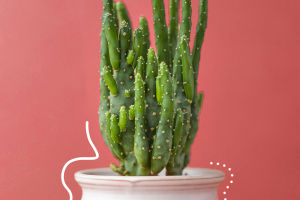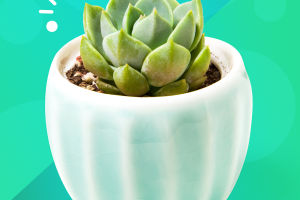Cornflower, this delicate and charming little flower originates from Europe and is the national flower of Germany, symbolizing happiness.
Originally a wildflower, after years of cultivation by humans, its wild nature has diminished, its flowers have become larger, and its colors have multiplied, with varieties including purple, blue, light pink, and white, among others, with purple and blue being the most precious.
In Germany, it can be found everywhere, on hillsides, fields, by water, along roadsides, and in front and behind houses. With its clear colors, beautiful flower shape, fragrant aroma, and robust vitality, it has won the admiration and love of people.
Cornflower Language:
Due to the strong durability and pleasing appearance of cornflowers, they are quite popular as floral material in Britain. Their floral language is "gentle and lovely." Blessed elders with this flower language are gentle and lovely in personality, often flattered by friends around them, yet slightly serious and reserved.
Consequently, this leads to a passive character; they are unable to take a proactive attitude towards the object of their affection, which is a fatal flaw in making friends. However, with a little attention, they can become more likable.
Value Applications:
1. Ornamental value. Cornflowers with tall planting habits are upright, with long flower stems suitable for cut flowers.
They can also be used as flowerbed or pathway materials and can be planted along roadsides or in lawns, with elegant plant shapes and beautiful flowers, creating a natural appearance. Dwarf varieties, only 20 centimeters tall, can be used for flower beds, lawn edges, or potted plant ornamentation, with a better effect when planted in large natural clusters.
2. Medicinal value. Cornflowers can nourish the skin, relax the mind, aid digestion, and promote urination. Cornflower hydrosol is a gentle natural skin cleanser, and flower water can be used to maintain hair and moisturize the skin. They can help with digestion and relieve rheumatic pain. They help treat stomachaches and prevent gastritis, gastrointestinal discomfort, and bronchitis. The leaves can diuresis, and the whole plant extract can improve eyesight.
3. Flower tea. Cornflower tea can be brewed alone or paired with green tea. Take four teaspoons of cornflowers and steep in hot water. The light purple tea can be enhanced with a little honey for added flavor.
Is Cornflower Toxic?
The entire cornflower plant is toxic, but the toxicity is not severe. Eating small amounts has no effect, but consuming large amounts can cause paralysis of the lower limbs, loss of appetite, and diarrhea.
Habitat:
Cornflowers are highly adaptable and prefer ample sunlight while disliking shade and dampness. They should be planted in well-drained, sunny areas; otherwise, they may die due to dampness. They are relatively cold-resistant, preferring coolness and disliking heat. They thrive in fertile, loose, and well-drained sandy soil.
Watering should follow the principle of "water when dry," with increased watering during the flowering period. Cornflowers have developed lateral branches and prefer fertile soil. When planting, it is advisable to add organic fertilizer as base fertilizer, apply nitrogen-phosphorus-potassium water-soluble fertilizer every half month during the growth period, and apply phosphorus-potassium fertilizer 2-3 times during the budding period.
Whether adorning gardens, soothing ailments, or gracing floral arrangements, its allure remains timeless, reminding us of the gentle and resilient wonders of nature.


